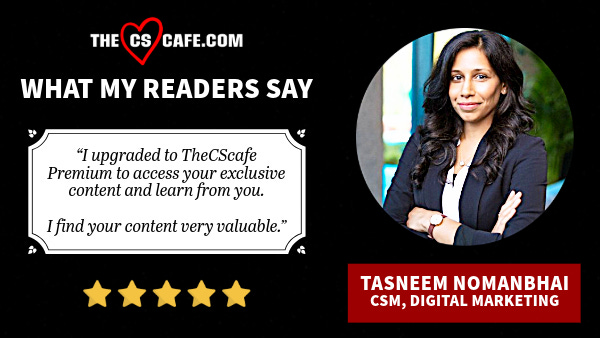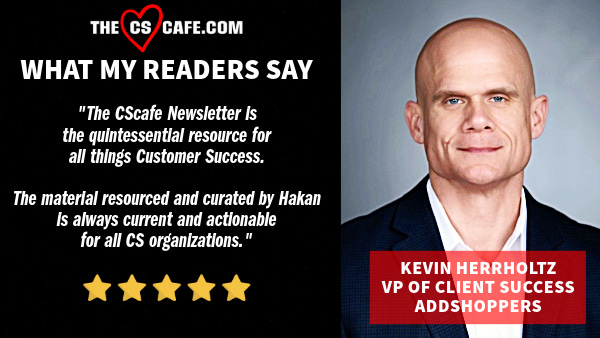As a Customer Success professional, you're always on the lookout for metrics that capture the health and growth potential of your company’s SaaS business.
This is where Net Dollar Retention (NDR) comes in—a powerful metric to measure success in the subscription economy.
Part 1/2
Why NDR Should Be Your New Obsession
NDR isn't just another acronym.
It's a comprehensive snapshot of your customer base's financial trajectory.
Here's why it matters:
It's a growth indicator
An NDR over 100% means you're growing without acquiring new customers.
It reflects customer satisfaction
High NDR = satisfied, expanding customers.
Low NDR = time to sound the alarm.
It's an investor magnet
Venture Capitalists (VCs) love NDR.
A strong NDR often boosts your company's valuation.
Breaking Down the NDR Formula
The calculation of NDR is simpler than it looks:
NDR = [(Starting MRR + Expansion − Downgrades − Churn) / Starting MRR] × 100%
Let's break it down with a real-world example:
Starting MRR: $100,000
Expansion: $10,000 (upsells and cross-sells)
Downgrades: $5,000
Churn: $3,000
Plugging these numbers in:
NDR = (100,000 + 10,000 − 5,000 − 3,000) × 100% = 102%
And voilà!
Your NDR is 102%, showing a healthy 2% growth from your existing customers.
Tracking NDR: From Spreadsheets to Sophisticated Software
The DIY Approach
For smaller CS teams, a simple spreadsheet might be enough.
Create columns for Starting MRR, Expansion, Downgrades, and Churn.
Input your data monthly and let Excel work its magic.
Pro: Cost-effective and customizable.
Con: Time-consuming and open to errors as you scale.
Leveling Up with Software
As your customer base grows, consider investing in NDR-tracking software.
For more options, check out my guide on the best customer success platforms.
Tools like Chargebee and FlowCog integrate with your CRM and billing systems for automated, accurate calculations.
Pro: Saves time, reduces errors, and provides deeper insights.
Con: Requires initial setup and ongoing subscription costs.
NDR vs. NRR: Are They the Same?
Definitions
Net Dollar Retention (NDR):
Measures the percentage change in revenue from existing customers over a specific period, accounting for upgrades, downgrades, and churn.
Typically calculated on an annual basis but can also be measured monthly.
Net Revenue Retention (NRR):
Measures the percentage of revenue retained from existing customers.
This includes revenue from upsells and cross-sells, minus revenue lost from downgrades and churn.
Often used interchangeably with NDR.
To learn more about NRR, check out my Net Revenue Retention (NRR) guide.
Key Differences
NDR and NRR are fundamentally similar.
But they can be distinguished by their specific focus and usage:
Terminology and Context:
NDR: Often used to highlight the retention of "dollars" or monetary value within a business.
NRR: The focus is on the retention and growth of "revenue," which can include various forms of recurring income.
Calculation Period:
Both metrics can be calculated monthly or annually.
But NDR is sometimes specifically used to measure changes within an individual customer's first 12 months.
NRR is more broadly applied to all customers over a set period.
Usage in Reporting:
NDR: Frequently highlighted in investor reports and IPO filings to show the financial durability and growth potential of a SaaS business.
NRR: Used more broadly in internal financial analyses and strategic planning to assess customer retention and expansion efforts.
You can use NDR and NRR interchangeably and they are calculated using similar formulas.
The choice of terminology may depend on the specific context or focus of the analysis.
Both metrics are key for assessing customer retention and revenue growth.
They provide valuable insights for strategic decision-making and investor relations.
For a comprehensive list of key metrics, check out my guide to top SaaS metrics and KPIs.
NDR in Relation to Other Key Customer Success Metrics
NDR is a key metric.
And it's important to understand how it relates to other key customer success metrics.
As I outlined in my 7 Customer Success Metrics You Need To Know guide, here's how NDR fits into the bigger picture:
Gross Revenue Retention (GRR)
While NDR includes expansion revenue, GRR focuses solely on retained revenue.
NDR will always be higher than or equal to GRR.
Customer Lifetime Value (CLV)
A high NDR often correlates with a higher CLV, as it indicates customers are expanding their usage over time.
Customer Effort Score (CES)
A low CES (indicating ease of use) can contribute to a higher NDR by reducing churn and encouraging expansion.
Net Promoter Score (NPS)
A high NPS often correlates with a high NDR, as satisfied customers are more likely to expand their business with you.
So, understanding these relationships can help you develop a more comprehensive view of your customer success efforts and overall business health.
Making NDR Your CS Team's Superpower
Set NDR goals: Aim for that coveted 120%+ benchmark.
Explore the components: Analyze what's driving your expansions and causing churn.
My guide on preventing churn can help.
Align team incentives: Tie bonuses to NDR improvements.
Educate your customers: Help them see the value in upgrades and additional features.
My tips for engaging product demos can be useful here.
Celebrate wins: Did you hit a new NDR high? Time to celebrate!
For more about customer success strategies, check out my customer success fundamentals and strategies guide.
Ultimately, a rising NDR is what you need—from customer satisfaction to your company's bottom line.
For more insights on excelling in your role, check out my guide to being a great Customer Success Manager.
Check out my ultimate guide for Customer Success Managers and stay ahead in your career!
Part 2/2: NDR Benchmarks and Success Stories
…
Access Exclusive NDR Insights
Upgrade to Premium now and get:
Detailed industry benchmarks to gauge your company's NDR performance
An in-depth case study of how a mid-sized SaaS provider improved their NDR from 95% to 108%
Expert strategies to boost your own NDR
“I love the CS Café!” - Melissa Garcia, Director of Renewal Operations @ Chief
“I upgraded to Premium to access your exclusive content and learn from you. I find your content very valuable” - Tasneem Nomanbhai, Customer Success Manager, Digital Marketing
“The CS Café Newsletter is the quintessential resource for all things Customer Success. The material resourced and curated by Hakan is always current and actionable for all CS organizations.” - Kevin Herrholtz, VP of Client Success, AddShoppers
Don't miss out on these exclusive insights.
Join our growing community of serious CS pros today!








